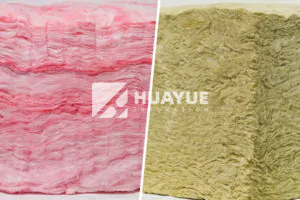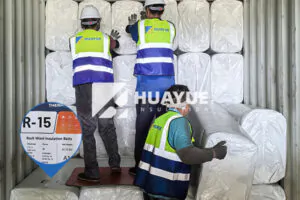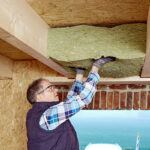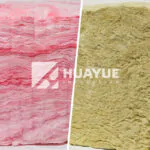What’s Involved in Installing Rockwool in a Ceiling and How Can You Avoid Common Errors?
Gaps above your head let energy, noise, and even fire pass through your ceiling.
When installing rockwool in a ceiling, fit batts or boards snugly between joists, do not leave gaps, and use vapor barriers where required, to maximize energy and sound performance.
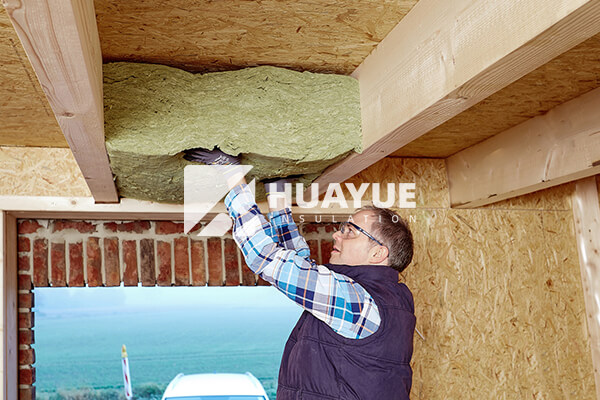
Ceiling insulation is critical but can get botched if installers don’t understand the right material and methods. I have overseen many retrofits where a simple fix made all the difference.
What Tools and Materials Do You Need for Ceiling Installation?
A quick start often leads to missed steps and wasted time.
You’ll need:
- Rockwool batts or boards (right thickness for your climate)
- Sharp knife or insulation saw
- Vapor barrier sheeting and tape (if needed)
- Safe-step ladder and protective gear

Snap boards or batts to fit between joists. Make sure to protect yourself—rockwool is safe but dusty when you cut it.
I recommend prepping your workspace fully, layout all pieces, and double-check joist width before placing material.
What Are the Key Steps for a Proper Installation?
Pay attention to fit—don’t force, don’t leave gaps.
Steps:
- Lay sheets or batts into ceiling joist spaces, from wall to wall.
- Press gently for a tight fit but don’t overcompress.
- Use vapor barrier on the warm side in cold or humid climates.
- Tape seams, especially at ends and penetrations (wiring, lights).
- Replace or repair any ceiling lining after install.
A team I supervised once left gaps at the joists. The heat leaked through and rooms below were always cold. Proper refitting made an immediate difference in comfort.
What Mistakes Should You Avoid When Installing in Ceilings?
Common errors can kill performance.
- Leaving air gaps or compressing material
- Not using vapor barriers in humid climates
- Placing batts upside down (facing wrong direction)
- Blocking air vents or missing electrical safety rules
Always follow safety and code, especially near lights or electrical runs.
I learned the hard way about missing vapor barriers in a humid region—condensation led to mold. Since then, I help everyone avoid this costly mistake.
How Does Rockwool Ceiling Insulation Improve Comfort and Safety?
Ceiling insulation goes beyond energy savings.
Rockwool’s density blocks sound from above and below, quieting noisy floors or equipment overhead. It does not burn, helping stop fire spread between rooms.
Compared to foam or fiberglass, dense rockwool resists settling and stays in place for decades. It also keeps vermin or pests at bay.
Conclusion
Proper rockwool ceiling installation keeps your building quieter, warmer, and safer year-round when done with the right methods and attention to detail.
You may also be interested in:
Ready to Get Started?
Get in touch with our experts for personalized solutions tailored to your needs.
Get Free QuoteLatest Articles
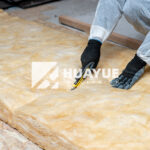
How to Cut Fiberglass Insulation Easily and Safely?
Nov 21, 2025

Does fiberglass insulation burn?
Nov 19, 2025
Let's Work Together
Ready to take your business to the next level? Get in touch with our team of experts and let's discuss how we can help you achieve your goals.
Get Free Solutions

